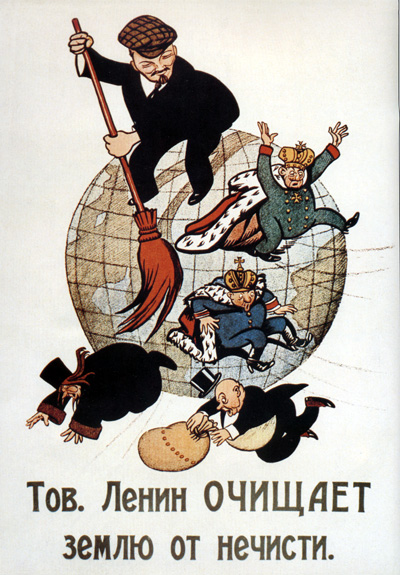86
Counter "Sit In" Protestor in 1960
(hexbear.net)
Welcome to c/history! History is written by the posters.
c/history is a comm for discussion about history so feel free to talk and post about articles, books, videos, events or historical figures you find interesting
Please read the Hexbear Code of Conduct and remember...we're all comrades here.
Do not post reactionary or imperialist takes (criticism is fine, but don't pull nonsense from whatever chud author is out there).
When sharing historical facts, remember to provide credible souces or citations.
Historical Disinformation will be removed

It's black and white because a lot of the photography around the civil rights movement was for newspapers.
So, there are three chief advantages of black and white film:
Firstly, newsprint means colour is superfluous because newsprint is black and white with a halftone process to get shades of grey.
Secondly, black and white film was (and still is) a lot more sensitive and forgiving of lighting conditions than colour film, especially colour film in the '60s. That's pretty important when you're in a crowd trying to get a photo of something in a hurry. It means you can use a smaller aperture which gives you a greater depth of field, which makes for nice snaps to capture a whole scene. You can also up the shutter speed to give crisp photos with no motion blur.
Finally, black and white film has a quick and easy development process. So you can get your prints in and out of the newspaper darkroom pronto, and you can manually pump the lighting and contrast during the development process to make a mediocre photo good enough for the evening paper.